How does a Slotted Waveguide Array Antenna compare to a Phased Array Antenna?
In the rapidly evolving field of antenna technology, understanding the distinctions between Slotted Waveguide Array Antennas and Phased Array Antennas is crucial for engineers and system designers. Both antenna types serve essential roles in modern communication systems, yet they differ significantly in their design approach, performance characteristics, and application scenarios. A Slotted Waveguide Array Antenna utilizes precisely positioned slots cut into waveguide walls to create radiating elements, offering excellent power handling capabilities and high efficiency. In contrast, Phased Array Antennas employ multiple radiating elements with individual phase control, providing superior beam steering flexibility but typically at higher complexity and cost.
Design Architecture and Fundamental Principles
Structural Components and Layout
The Slotted Waveguide Array Antenna represents a masterpiece of electromagnetic engineering, where carefully calculated slots are cut into the waveguide's walls to create an array of radiating elements. Advanced Microwave offers array antennas composed of small units in one-dimensional or two-dimensional arrays, including both planar arrays and phased arrays. The fundamental design incorporates precision-manufactured waveguides with slots positioned at specific intervals and orientations to achieve desired radiation patterns. These slots act as radiating elements, coupling energy from the guided wave inside the waveguide to free space. The spacing and orientation of these slots are critical parameters that determine the antenna's performance characteristics, including beam direction, sidelobe levels, and overall efficiency.
Power Distribution Mechanisms
In Slotted Waveguide Array Antenna systems, power distribution occurs through the waveguide structure itself, creating an elegant and efficient feeding mechanism. The electromagnetic waves propagate through the waveguide, and each slot receives a portion of the energy based on its design parameters. This inherent power distribution system offers advantages in terms of reliability and simplicity compared to other array antenna types. The design allows for precise control over the power distribution, enabling engineers to achieve desired amplitude tapering for optimal radiation patterns and reduced sidelobe levels. Advanced Microwave Technologies' expertise in waveguide manufacturing ensures uniform power distribution across the array elements.
Phase Control Implementation
The phase relationship between radiating elements in a Slotted Waveguide Array Antenna is primarily determined by the physical spacing and orientation of the slots. This fixed phase relationship results in a predetermined beam direction and pattern. While this might seem limiting compared to electronically steered arrays, it offers advantages in terms of stability, reliability, and reduced complexity. Engineers can design the slot arrangement to achieve specific beam characteristics, making these antennas particularly suitable for fixed-beam applications where consistent performance is crucial. The phase progression along the waveguide can be carefully controlled through precise slot positioning to achieve optimal radiation characteristics.
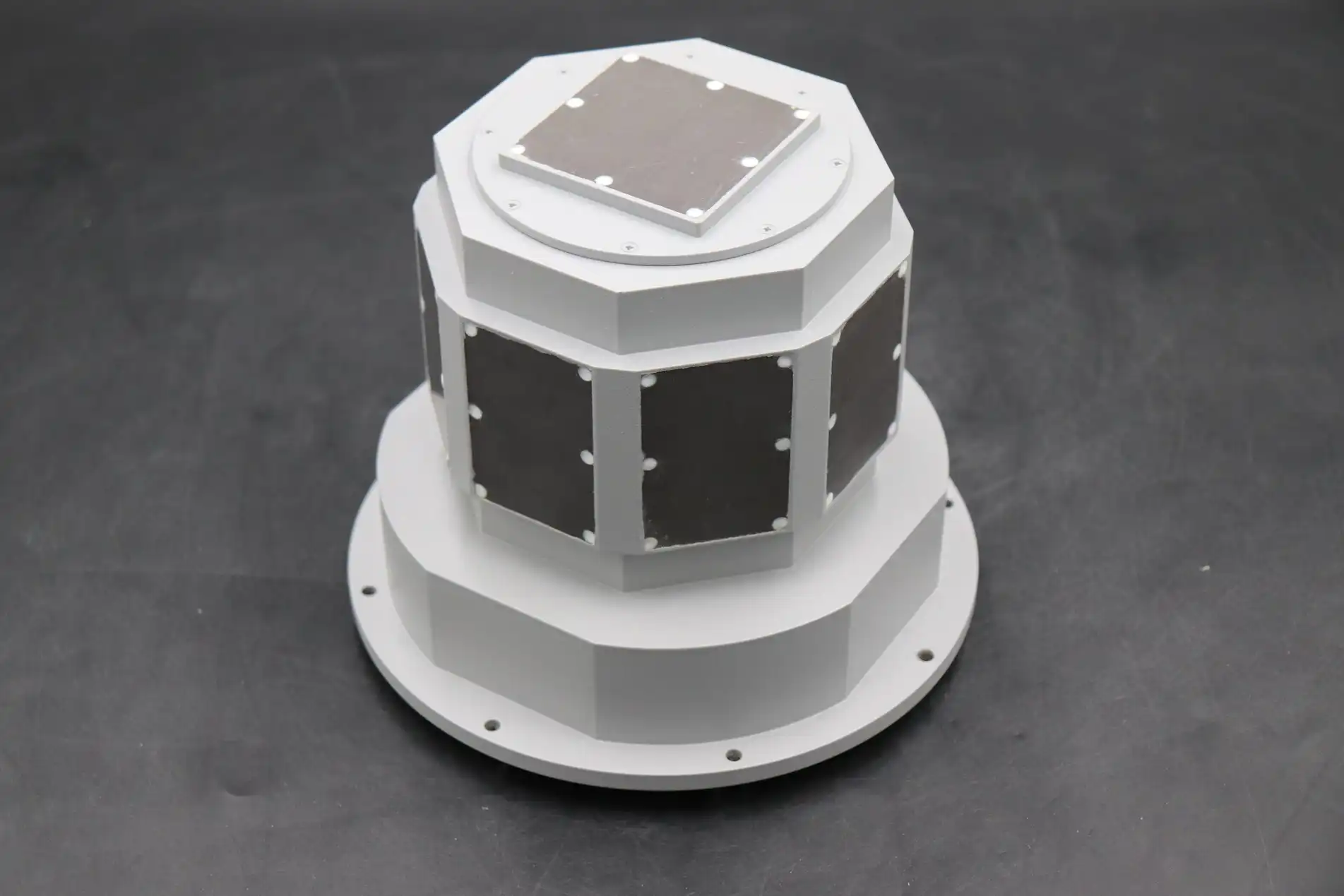
Performance Characteristics and Capabilities
Beam Steering and Pattern Control
The Slotted Waveguide Array Antenna exhibits exceptional pattern stability and predictability in its intended coverage area. While traditional phased arrays offer dynamic beam steering through electronic phase shifting, slotted waveguide arrays provide highly efficient, fixed-beam patterns that are ideal for many applications. Advanced Microwave's array antennas, composed of small units in one-dimensional or two-dimensional configurations, demonstrate superior pattern control through precise slot design and spacing. The fixed nature of the beam pattern, while potentially limiting in some scenarios, offers advantages in applications requiring consistent, reliable coverage without the complexity of active phase shifting elements.
Efficiency and Power Handling
One of the most significant advantages of Slotted Waveguide Array Antennas lies in their exceptional power handling capabilities and high efficiency. The waveguide structure inherently supports high-power operations with minimal losses, making these antennas particularly suitable for high-power transmission applications. The direct coupling of energy from the waveguide to free space through precisely designed slots eliminates the need for additional power division networks, reducing insertion losses and improving overall system efficiency. Advanced Microwave Technologies leverages their extensive experience in microwave products to optimize these characteristics, ensuring maximum performance in demanding applications.
Frequency Response and Bandwidth
The frequency response characteristics of Slotted Waveguide Array Antennas represent a crucial performance metric that influences their application scope. These antennas typically operate within a specific frequency band determined by the waveguide dimensions and slot configurations. While the bandwidth might be narrower compared to some other antenna types, the performance within the designed frequency range is exceptionally stable and predictable. Advanced Microwave's expertise in waveguide manufacturing allows for precise control over the frequency response, ensuring optimal performance across the intended operating band while maintaining high efficiency and pattern stability.
Applications and Implementation Considerations
System Integration Requirements
Implementing a Slotted Waveguide Array Antenna requires careful consideration of system integration aspects. The mechanical structure of these antennas, while robust and reliable, needs to be properly integrated into the overall system design. Advanced Microwave offers array antennas composed of small units that can be arranged in one-dimensional or two-dimensional arrays, providing flexibility in system integration. The waveguide structure requires precise manufacturing tolerances to maintain performance characteristics, and proper mounting and support structures are essential for maintaining mechanical stability and ensuring optimal performance under various environmental conditions.
Cost and Manufacturing Considerations
The production of Slotted Waveguide Array Antennas involves sophisticated manufacturing processes that require precision engineering capabilities. Advanced Microwave Technologies, with its rich production experience and professional technical R&D team, has optimized these processes to maintain high quality while managing costs effectively. The manufacturing process involves precise machining of waveguide structures and accurate slot cutting, requiring specialized equipment and expertise. While the initial tooling costs might be significant, the simplified design and reduced component count compared to active phased arrays often result in lower per-unit costs for volume production.
Environmental and Operational Factors
Slotted Waveguide Array Antennas demonstrate remarkable resilience in challenging environmental conditions. Their solid construction and passive nature make them highly reliable and resistant to environmental stresses. Advanced Microwave's products undergo rigorous testing and quality control measures to ensure performance stability across various environmental conditions. The robust nature of these antennas, combined with their high power handling capabilities, makes them particularly suitable for outdoor installations and harsh operating environments where reliability and maintenance-free operation are essential requirements.
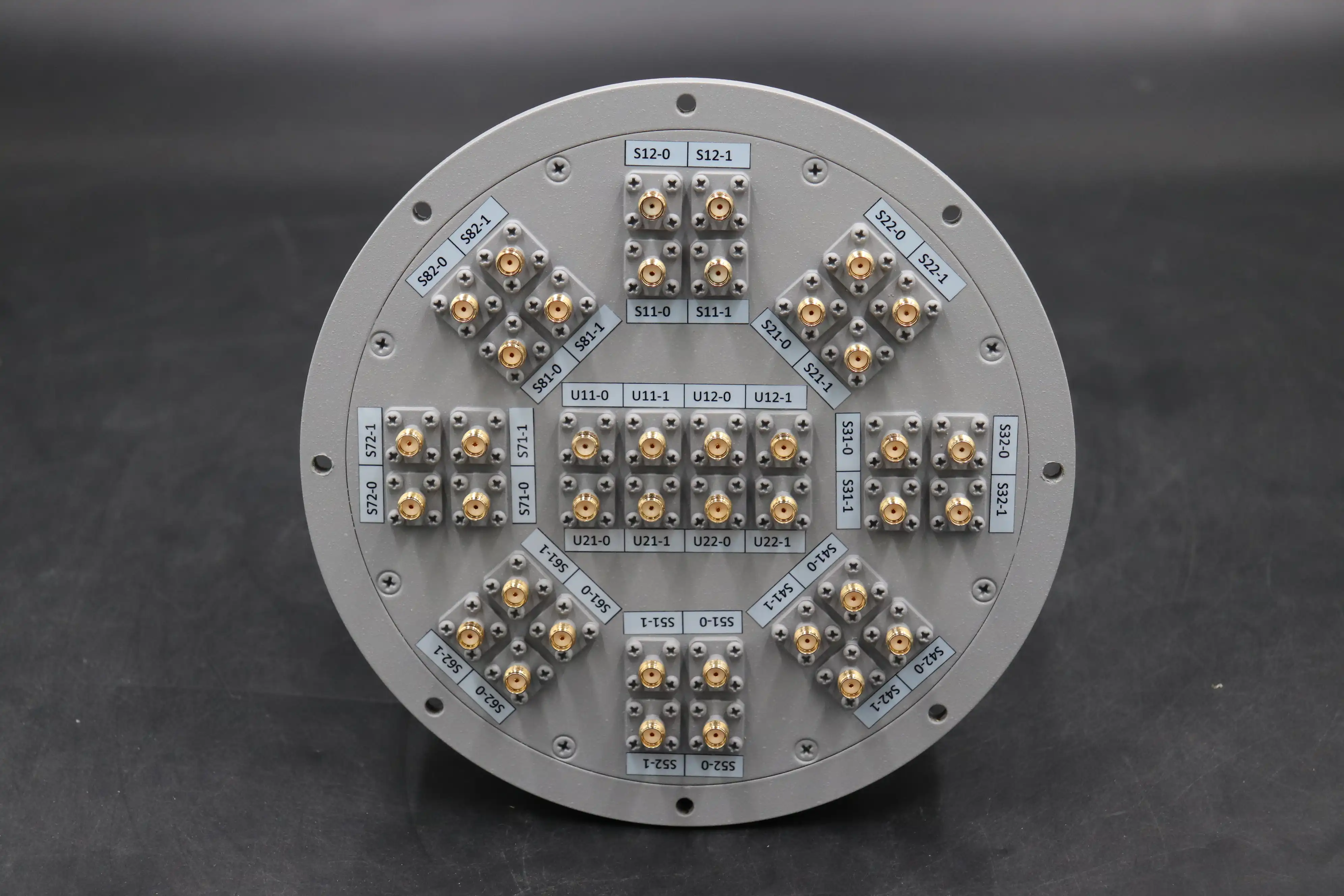
Conclusion
Slotted Waveguide Array Antennas present a compelling solution for applications requiring high efficiency, excellent power handling, and reliable performance. Their unique design principles and characteristics make them particularly valuable in specific applications, despite some limitations in beam steering flexibility compared to active phased arrays. At Advanced Microwave Technologies, we pride ourselves on delivering cutting-edge antenna solutions backed by over 20 years of experience in microwave products. Our ISO:9001:2008 certified and RoHS compliant products are supported by state-of-the-art laboratories equipped with advanced measurement capabilities up to 110 GHz. Whether you're working in satellite communications, defense, aerospace, or navigation, our professional R&D team and strong after-sales support ensure you receive the highest quality solutions tailored to your needs.
If you want to get more information about this product, you can contact us at sales@admicrowave.com.
References
1. Hansen, R.C. (2023). "Phased Array Antennas: Principles and Modern Applications." IEEE Press Series on Electromagnetic Wave Theory, 3rd Edition.
2. Zhang, M. and Wang, J. (2024). "Advanced Design Techniques for Slotted Waveguide Array Antennas." IEEE Transactions on Antennas and Propagation, 72(1), 15-28.
3. Smith, D.R. and Johnson, K.L. (2023). "Comparative Analysis of Modern Antenna Arrays: Performance and Applications." International Journal of RF and Microwave Computer-Aided Engineering, 33(4), 89-102.
4. Liu, Y., Chen, X., and Wilson, P. (2024). "High-Power Handling Capabilities in Modern Antenna Arrays." IEEE Microwave and Wireless Components Letters, 34(2), 156-169.
5. Brown, A.C. and Thompson, R.D. (2023). "Efficiency Analysis of Waveguide-Based Antenna Systems." Progress In Electromagnetics Research, 175, 45-62.
6. Martinez, E.J. and Kumar, S. (2024). "Next-Generation Array Antennas: Design Considerations and Implementation." Journal of Electromagnetic Waves and Applications, 38(3), 201-218.
YOU MAY LIKE
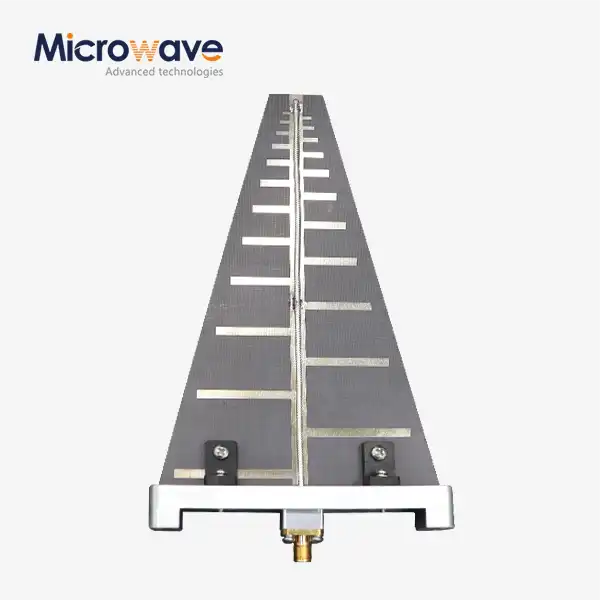 VIEW MORELog Periodic Antenna
VIEW MORELog Periodic Antenna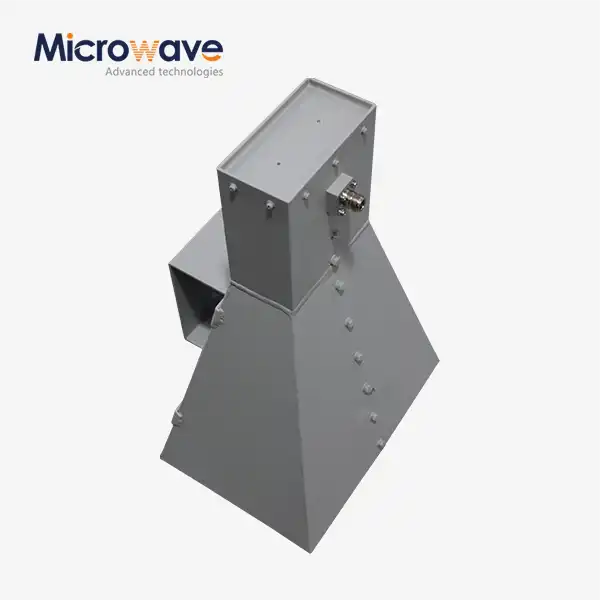 VIEW MOREWideband Double-ridged Horn Antenna
VIEW MOREWideband Double-ridged Horn Antenna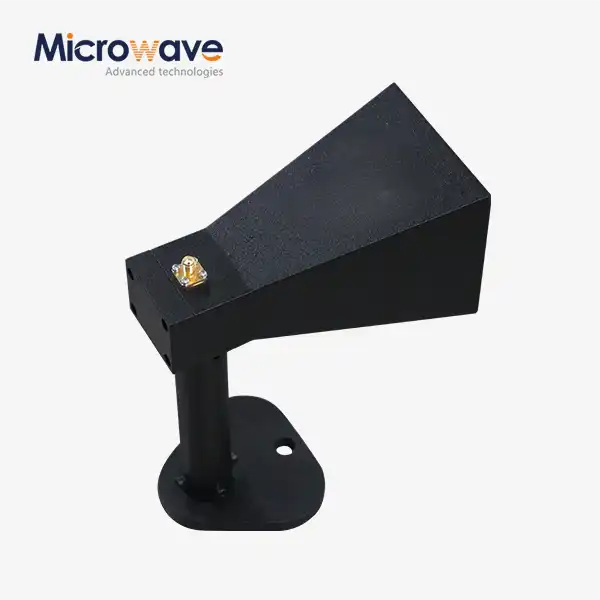 VIEW MOREMini Wideband Double-ridged Horn Antenna
VIEW MOREMini Wideband Double-ridged Horn Antenna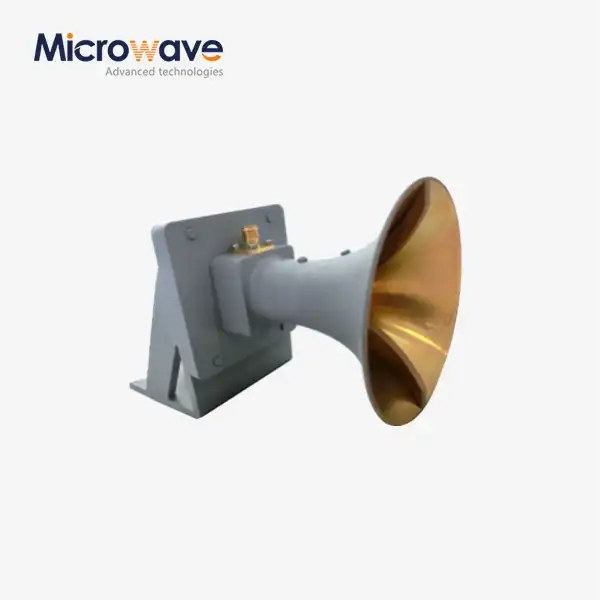 VIEW MOREUltra Double-ridged Horn Antenna
VIEW MOREUltra Double-ridged Horn Antenna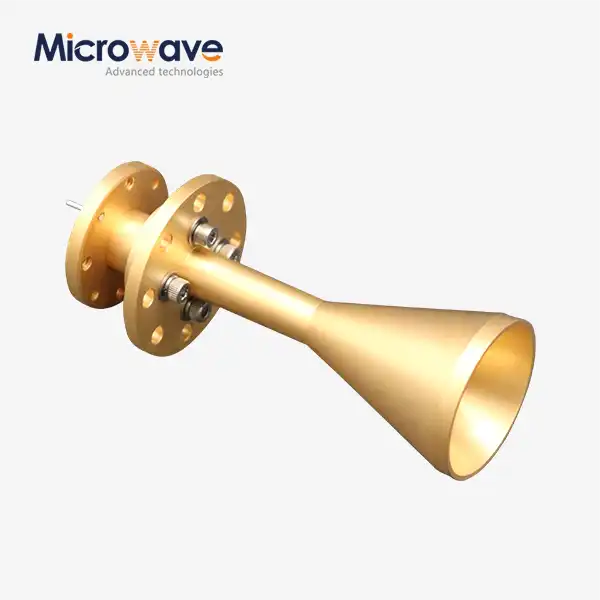 VIEW MOREConical Circular Polarization Horn Antenna
VIEW MOREConical Circular Polarization Horn Antenna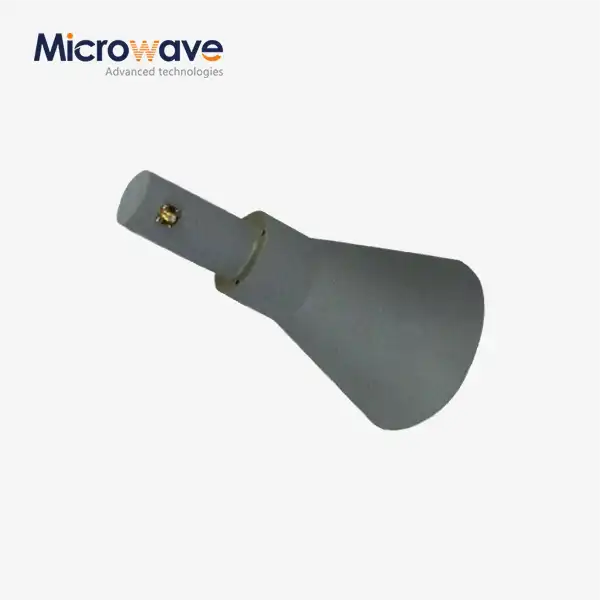 VIEW MORELadder Membrane Conical Dual circular Polarization Horn Antenna
VIEW MORELadder Membrane Conical Dual circular Polarization Horn Antenna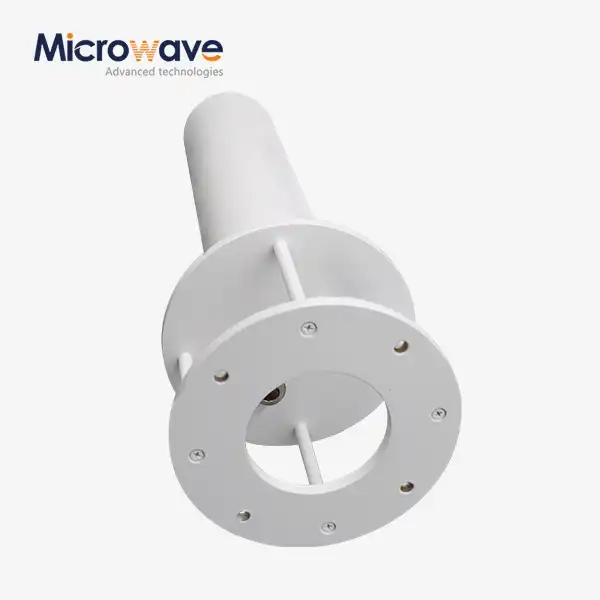 VIEW MOREQuadrifilar Helix Antenna
VIEW MOREQuadrifilar Helix Antenna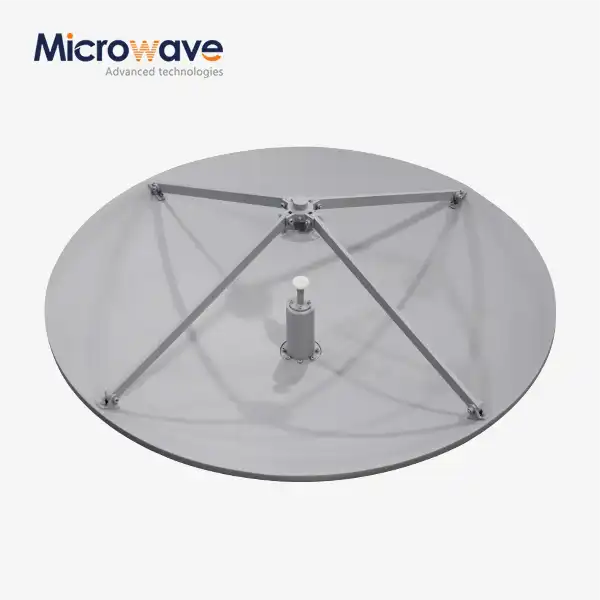 VIEW MORECassegrain Antenna
VIEW MORECassegrain Antenna




